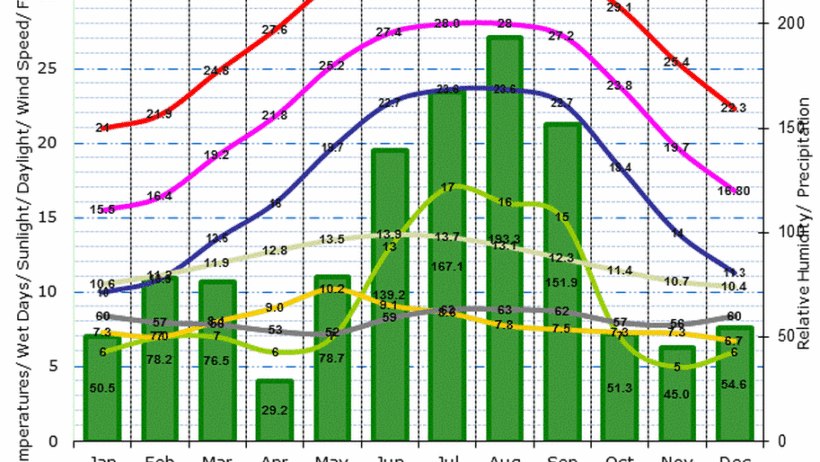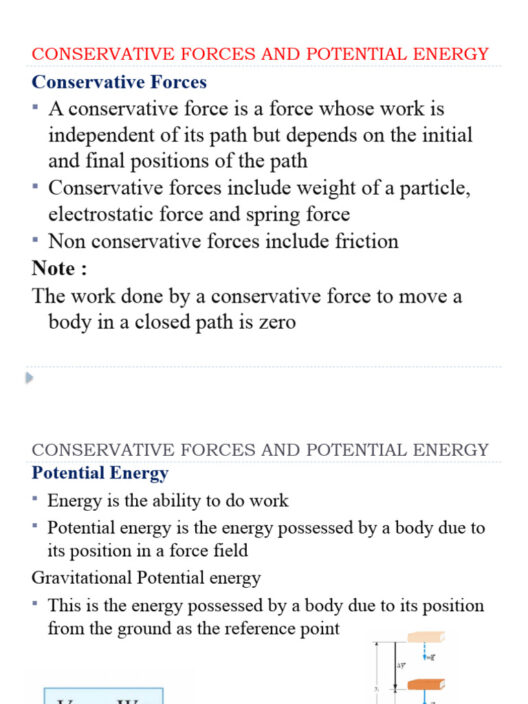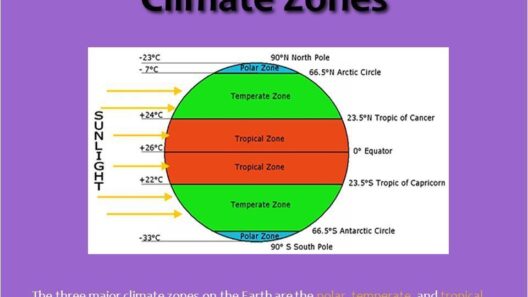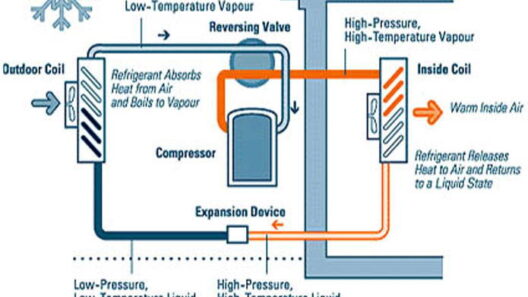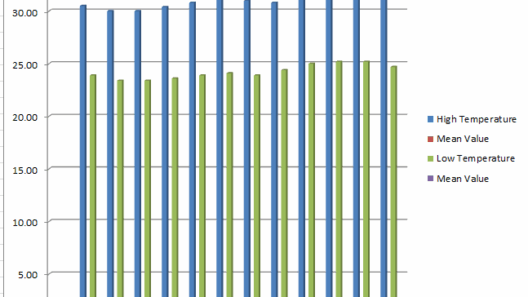The Coastal Plains, a vast tapestry of flatlands kissed by warm winds and abundant moisture, paint a climatic portrait that is as vibrant as it is complex. This region, defined by its low-lying topography, stretches like a vast quilt along the eastern United States and possesses an unmistakable charm—each thread woven with the essence of its environment. The layers of climate that envelop these plains create a unique ecosystem characterized by patterns of warmth, humidity, and a connection to the larger atmospheric dynamics at play.
In this geographical expanse, the climate is predominantly classified as humid subtropical. It is a realm where seasons are often softened, a gentle transition where summer’s heat lingers with an embrace while winter provides a mild retreat. The Coastal Plains are characterized by an intricate interplay of warm temperatures, abundant rainfall, and the unique influence of maritime air masses. These factors converge to create a microclimate that is as diverse as the life forms it nurtures.
The region thrives under the caress of the Gulf Stream, which exudes warmth and humidity. The moist air masses that flow in from the Gulf of Mexico collide with the relatively drier continental air, leading to a phenomenon much like a symphony—each instrument contributing to a harmonious climate ballet. This creates a moisture-laden environment, where precipitation becomes a frequent visitor, often in the form of summer thunderstorms that blanket the landscape with life-sustaining rain. Rainfall averages in this area often exceed 50 inches annually, nurturing an ecosystem that is teeming with biodiversity.
The Coastal Plains can be likened to a green canvas, where the intricate brush strokes of swamps, marshes, and estuaries create a striking contrast against the backdrop of the flatlands. These ecosystems serve as vital hubs for the flora and fauna that inhabit the region, from resilient cypress trees standing sentinel in wetlands to the delicate blooms of wildflowers that punctuate the landscape. As the seasons shift, the Coastal Plains transform—spring brings a riot of color, while autumn weaves a tapestry of gold and crimson foliage, each season a unique expression of the climate’s offerings.
Temperatures in the Coastal Plains exemplify this region’s climatic character. Summers can be brutally hot, with thermometers soaring above 90 degrees Fahrenheit. However, it is the humidity that can make the air feel thick and heavy, as if the atmosphere itself is wrapped in a warm blanket. Conversely, winters are often mild, with temperatures rarely dipping below freezing, making this region an oasis compared to harsher northern climates. This temperate embrace facilitates year-round agriculture, allowing crops such as cotton, corn, and soybeans to flourish in the fertile soils.
Nevertheless, the Coastal Plains are not without their vulnerabilities. The very characteristics that define its charm also render it susceptible to the caprices of climate change. Rising sea levels threaten to submerge low-lying areas, while increasingly erratic weather patterns contribute to the frequency and severity of storms. Such climatic shifts are not mere statistical anomalies; they herald a transformative epoch that challenges the equilibrium of this ecologically rich area. Wildlife habitats are strained as species struggle to adapt to changing environments, and agricultural practices must evolve to contend with the burgeoning unpredictability of rainfall and temperature.
The Coastal Plains are also uniquely situated in the path of tropical storms and hurricanes, which can unleash their fury with little warning. The warm waters of the Gulf act as a catalyst, fueling these storm systems and transforming them into formidable tempests that wreak havoc along the coast. In these moments, the plains reveal their duality—offering life through their rich soils while also showcasing the tempestuous nature of the climate that sustains them. The aftermath of such events serves as a poignant reminder of the delicate balance in place.
In response to the challenges posed by an evolving climate, there are glimmers of hope. Communities within the Coastal Plains are becoming increasingly aware of the imperative to advocate for sustainable practices and conservation efforts. Initiatives aimed at restoring and protecting wetlands are underway, as these vital ecosystems serve as buffers against storm surges and provide critical habitat for countless species. Furthermore, agricultural practices are shifting towards more resilient and eco-friendly techniques, promoting soil health and minimizing reliance on chemical inputs.
As one traverses the Coastal Plains, it becomes evident that this region is a living testament to the complexities of climate. It is a place where the gentle winds carry whispers of change, and the ever-shifting landscape tells stories of resilience. The flora and fauna that grace these flatlands are not merely inhabitants; they are ambassadors of a climate that is both nurturing and challenging. The plains echo with a call to action, urging society to embrace stewardship and preservation. This is not just a place defined by geography; rather, it is a vivid reminder of the profound interconnectivity that binds humanity and nature.
In conclusion, the climate of the Coastal Plains serves as a microcosm of the broader environmental narrative we face today. Flatlands, warm winds, and moisture converge, creating a rich tapestry of life that must be cherished and protected. As climate change reshapes the very fabric of this idyllic landscape, it calls upon us to engage, adapt, and invest in its future. The unique appeal of the Coastal Plains lies not only in their beauty but also in the profound responsibility we hold to ensure they thrive for generations to come.



